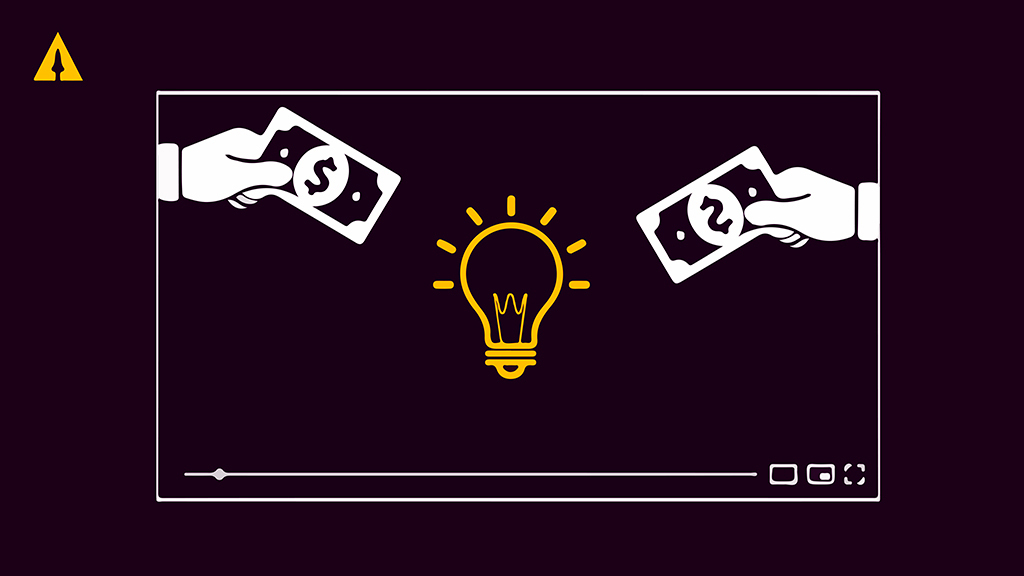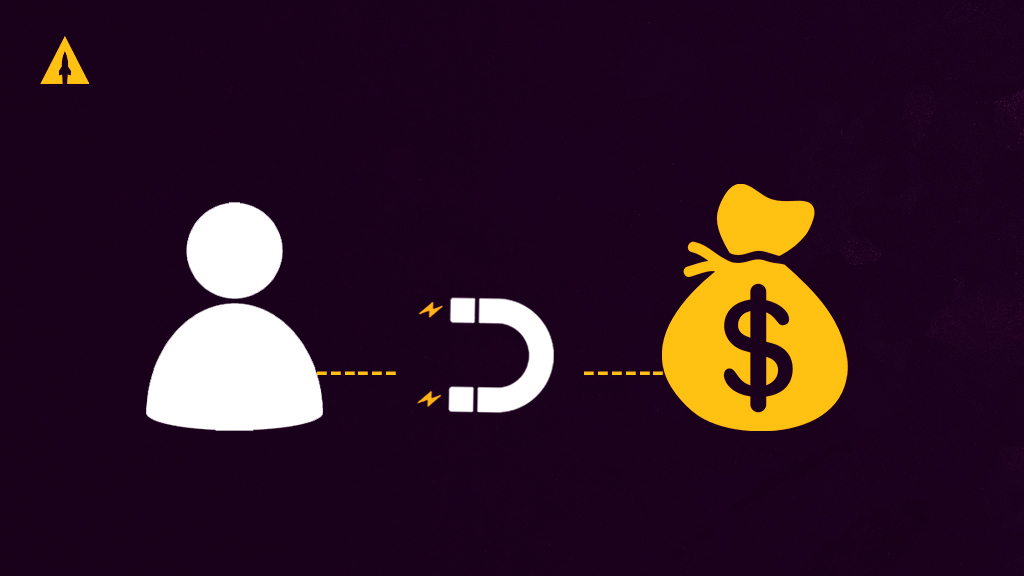We had a great LaunchBoom Live this week! I talked about Maslow’s hierarchy of needs and the consumer based brand equity (CBBE) pyramid, and we also did two reviews. Read on for the recap!

Contents
Maslow’s Hierarchy of Needs
It’s easy for entrepreneurs and creators to focus on their product and block everything else out, but taking a step back to see why your customers need it can help you understand the type of person who is more likely to purchase your product, which can help you position and market it a lot better. Maslow’s hierarchy of needs is a widely-used theory on how behavioral motivation works, and it’s a useful tool for thinking about customer needs.

Each of these levels builds upon the one below it; you can’t get to the top of the pyramid without achieving what’s at the bottom first. The order in which people’s needs occur is:
- Physiological needs: air, water, food, shelter, sleep, clothing, reproduction
- Safety: personal security, employment, resources, health, property
- Love & belonging: friendship, intimacy, family, sense of connection
- Esteem: respect, self-esteem, status, recognition, strength, freedom
- Self-actualization: the desire to become the most that one can be
When we think about needs in this way, we can see how much sense it makes. You’re not worried about how to become your best self if you suddenly find yourself without a place to live, and until you’re able to meet your most basic needs like shelter, the things higher up the pyramid aren’t a concern to you.
Think about your product in terms of this hierarchy. Where does it fit? What kind of problem does it solve? Knowing the answers to these questions will help you understand your customers, and knowing your customers helps you advertise to them.
One important point to understand is that if a customer is focused on a lower need than where your product is located, then they won’t want to purchase your product until their need is met. Customers who are on the same level as your product will be the ones most likely to purchase, because you’re solving a problem that they have, and they don’t have a more immediate problem to solve.
If you want to learn about some examples of different brands and where they fit into the hierarchy, watch the replay!
Review: Shirt Sauna
Our first landing page review this week was for Shirt Sauna, a collapsible garment steamer. If you want to watch the entire review and hear specific comments on specific aspects of the landing page, watch the replay.
Here are the highlights:
- Having an opt-in above the fold is important
- Be careful about words like “first” or “best” in your headline unless it’s 100% true
- Test different headlines to see what has the best conversion rate
- Around 80% of your traffic will be on mobile, so make sure your page looks good on a phone
- Try to use the space you have; don’t have large empty spaces
- List key features near the top
- Make sure all the technical aspects of your page work on all platforms
Consumer based brand equity pyramid
The consumer based brand equity (CBBE) pyramid is my favorite tool of all time. It focuses on the idea that you don’t own your brand; your customers actually own your brand. Think about the mental real estate that your brand takes up in the minds of your consumer. That’s what this tool will show you.

Here’s the layout of the CBBE pyramid from bottom to top:
- Salience: people know you exist and understand what you do
- Performance and Imagery: your product’s features, price, and durability, and the images that come to mind when picturing your product
- Judgements and Feelings: what people say about you and how people feel about you
- Resonance: an intense act of loyalty between a brand and a consumer
The goal of most brands is to get that brand resonance, but you need to go through the steps and consider all of the parts of the pyramid beneath that before you get there. If, for example, people have poor judgments based on bad performance, then that resonance won’t happen.
Want to learn about how this works with real-world brand examples? Watch the replay!
Review: Zendure
Our second review this week was of Zendure, a lightweight, compact power station. If you want to hear the whole review and see specific comments on specific parts of the page, watch the replay!
Here are the highlights:
- Brand coloring is an important part of your overall branding
- Having clean assets is very important
- Testing your assets to find out what works is vital
- Bullet point lists of key features work great
- Don’t lead with the price; lead with the features (think CBBE!)
- Only run ads to places you can ship to
- Use a good lead offer to draw people in
- Chat can be a powerful tool
Q&A and Giveaway
This week’s giveaway was a copy of the Crowdfunded Summit! The entry requirements for each week’s giveaway are announced live, so make sure to tune in on Tuesdays at 10 AM PT for that information.
Here’s the question I’m answering here this week: Is everyone using the Clickfunnels platform for the landing pages?
ClickFunnels is a powerful tool, but no, not everyone is using it! As an example, here at LaunchBoom, we use WordPress to build our landing pages. For most people, though, we do recommend ClickFunnels. The ease of use makes it worth the price in almost every case.
That’s it for this week’s LaunchBoom Live recap. If you want to see the whole thing, including the in-depth reviews I did for Shirt Sauna and Zendure, watch the replay on YouTube. If you’re ready to get started with your crowdfunding campaign, apply to work with us today!



